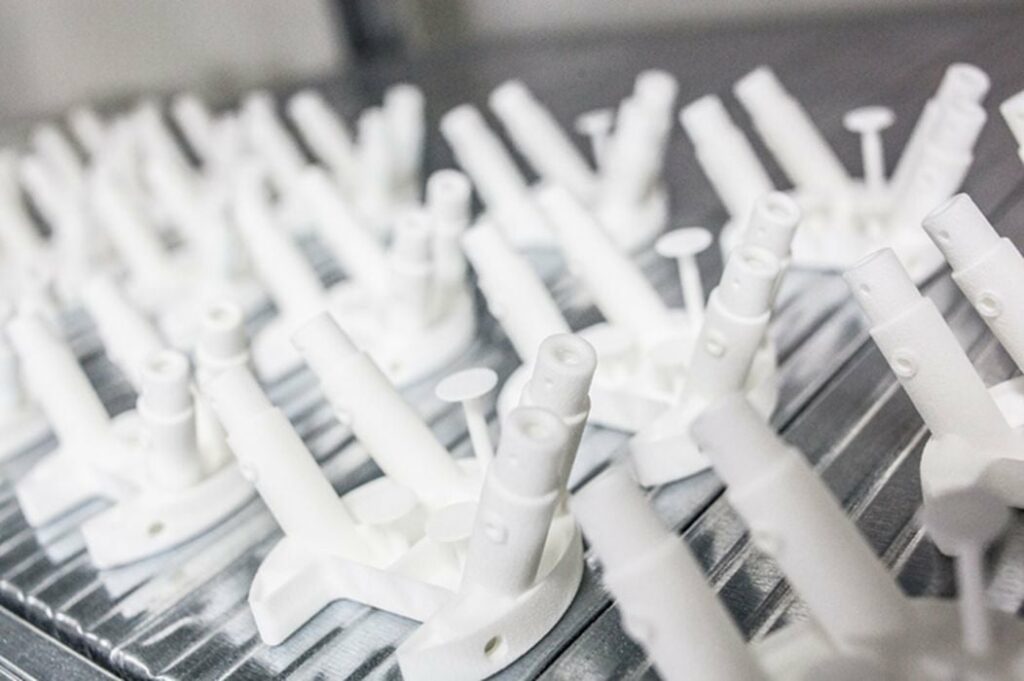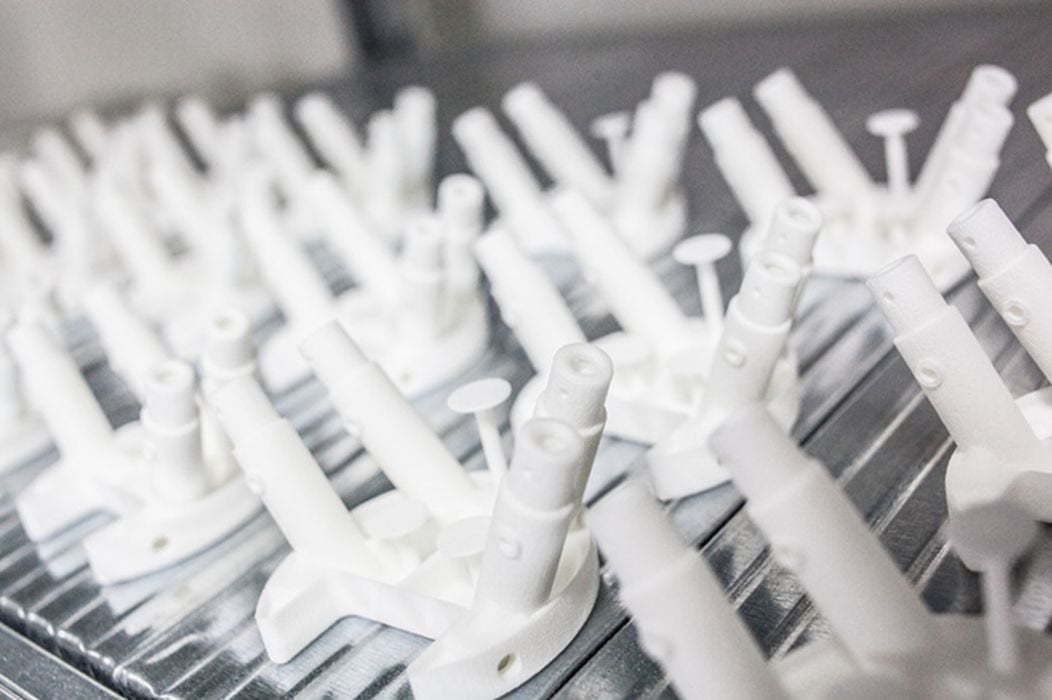
Charles R. Goulding and Preeti Sulibhavi look at the latest from Trimble, producers of SketchUp.
Trimble Navigation is a publicly traded company well known to the 3D printing design community because of its product offerings for the architecture, construction, and interior design communities.
Founded by Charles Trimble and located in Sunnyvale, California, the publicly held company has over 11,000 employees and sales of 3.7 billion USD in 2021. Charles Trimble founded the company in 1978 with two other HP alumni.
The company has over 2,000 patents. Trimble is familiar to many because of its leading satellite-based navigation systems. The company purchased SketchUp, the popular design software, from Google in 2012. Trimble recently released its cloud-based construction management software platform, “Trimble Construction One.” Trimble is getting very focused and just sold a group of subsidiary businesses to Jordan Industries.
The divested companies include:
- Time and Frequency
- LOADRITE
- Spectra Precision Tools
- SECO
The company’s growth and product core have caught Wall Street’s attention. Ray Dalio, the legendary investor, has just selected Trimble for a “strong buy” recommendation.
With Trimble technologies, such as SketchUp, users can design their prototypes and export the STL file format used by 3D printers. Trimble has been setting the standard for advanced construction software for some time now and utilizing 3D printing technology is no huge surprise. Trimble’s drone technology is in line with what we have been reporting on Fabbaloo as well.
The Research & Development Tax Credit
The now permanent Research and Development (R&D) Tax Credit is available for companies developing new or improved products, processes and/or software.
3D printing can help boost a company’s R&D Tax Credits. Wages for technical employees creating, testing, and revising 3D printed prototypes can be included as a percentage of eligible time spent for the R&D Tax Credit. Similarly, when used as a method of improving a process, time spent integrating 3D printing hardware and software counts as an eligible activity. Lastly, when used for modeling and preproduction, the costs of filaments consumed during the development process may also be recovered.
Whether it is used for creating and testing prototypes or for final production, 3D printing is a great indicator that R&D Credit eligible activities are taking place. Companies implementing this technology at any point should consider taking advantage of R&D Tax Credits.
Conclusion
With the recent stock market volatility, it’s nice to see an industrial products company get some attention. The 3D printing community should benefit from these developments.

